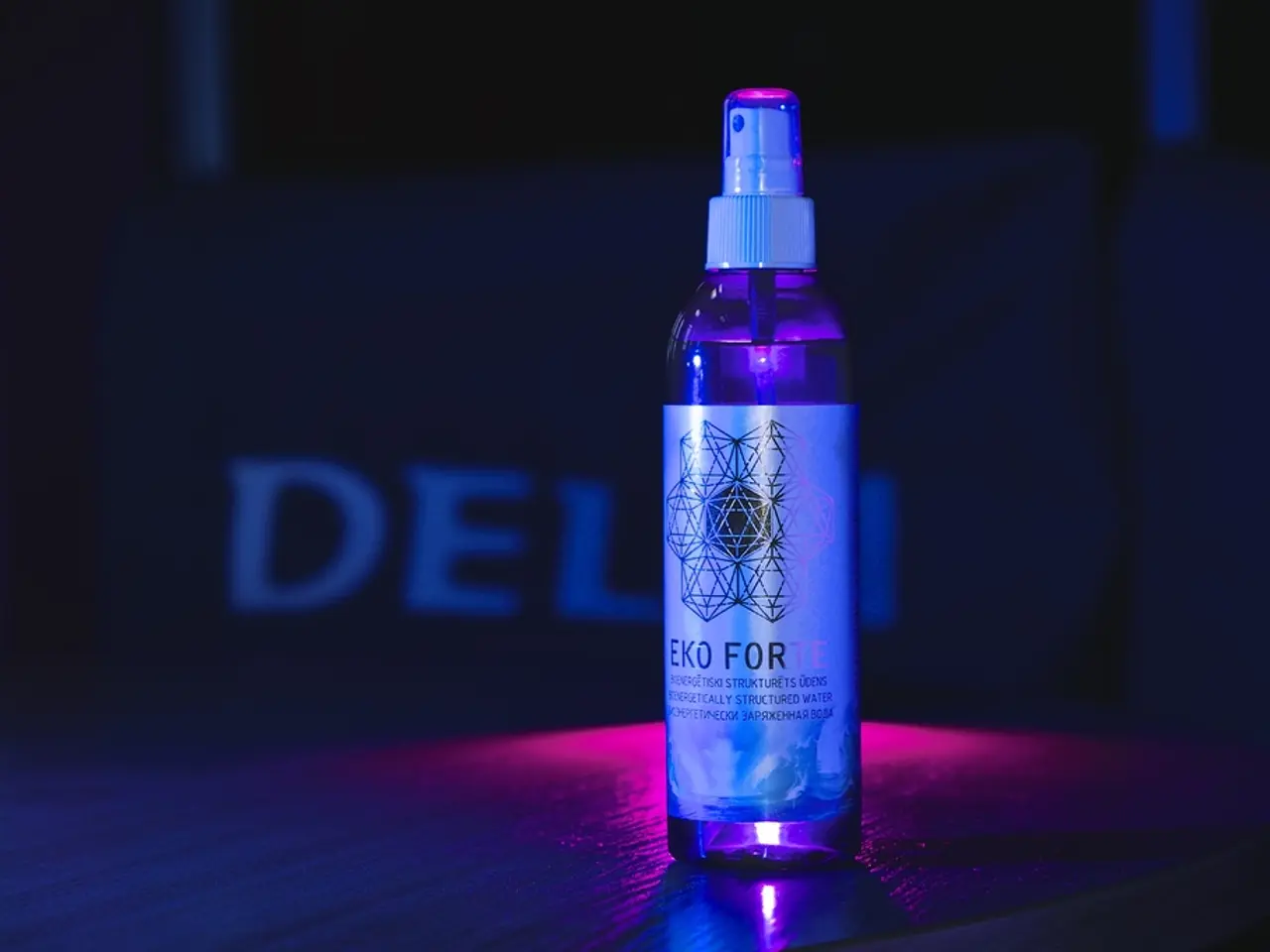AHA Classification, Advantages, and Utilization Tips: An Overview of Alpha Hydroxy Acids
In the world of skincare, Alpha Hydroxy Acids (AHAs) have gained popularity for their potential benefits on the skin. These acids, occurring naturally in certain foods, can help with gentle exfoliation, improving skin texture, reducing visible signs of aging, and addressing hyperpigmentation, melasma, and sun damage.
For those with darker skin tones, it's essential to approach AHA use with care. Here's a simple guide to help you navigate this skincare ingredient effectively.
Start with Gentle AHAs
Mandelic and lactic acids are gentle options that are less likely to cause irritation or post-inflammatory hyperpigmentation (PIH). Begin with low concentrations and gradually increase frequency to build tolerance.
Application and Frequency
Apply AHAs in the evening to minimize sun sensitivity. Use 1-3 times per week, increasing as tolerated. For leave-on products, follow the instructions on the label, and some people prefer to apply them before sleep.
Sun Protection is Key
AHAs can increase sensitivity to UV light, so it's crucial to protect your skin from sunlight while using them. The American Academy of Dermatology (AAD) recommends a daily sunscreen that is broad-spectrum, water-resistant, and SPF 30 or higher.
Professional Treatments
For more pronounced skin concerns, consider professional treatments like mandelic acid peels, which are favored for darker skin types due to their slow penetration and gentle action, reducing the risk of irritation and pigmentation issues.
Avoid Over-exfoliation
Overuse of AHA products can cause damage to the skin barrier, leading to potential signs such as irritation, dryness, flakiness, blotchiness, uneven skin tone, and increased sensitivity to other products. Monitor your skin reaction closely and avoid over-exfoliation.
Other Considerations
When incorporating AHAs into your skincare routine, remember to:
- Avoid high concentrations that can cause dryness and irritation.
- Patch test before full application.
- Be cautious about combining AHAs with other exfoliants like BHAs or retinol to reduce irritation risk.
- Incorporate hydrating ingredients such as hyaluronic acid to soothe the skin.
In summary, for darker skin tones, the key is to begin with gentle AHAs at low concentration, use 1-3 times per week, apply in the evening, always use sunscreen daily, consider professional peels with mandelic acid for safe exfoliation, avoid over-exfoliation, and monitor skin reaction closely. This approach balances efficacy in treating hyperpigmentation, acne, and texture while minimizing risks of irritation and PIH common in melanin-rich skin.
[1] American Academy of Dermatology. (2021). Skincare and Sun Safety for People of Color. [online] Available at: https://www.aad.org/media/news-releases/skincare-and-sun-safety-for-people-of-color
[2] American Academy of Dermatology. (2021). Alpha Hydroxy Acids (AHAs). [online] Available at: https://www.aad.org/public/diseases/a-z/hydraulic-acid-aha
[3] American Academy of Dermatology. (2021). Chemical Peels. [online] Available at: https://www.aad.org/treatment/cosmetic/chemical-peels
[4] British Skin Foundation. (2021). Alpha Hydroxy Acids (AHAs). [online] Available at: https://www.britishskinfoundation.org.uk/advice/skin-care/skin-care-ingredients/alpha-hydroxy-acids-ahas/
- In the health-and-wellness realm, ankylosing spondylitis, a type of arthritis, is a chronic inflammatory disease that primarily affects the spine and larger joints.
- Like ankylosing spondylitis, psoriasis is also a type of disease, specifically a chronic immune-mediated inflammatory condition causing red, scaly patches to form on the skin.
- Psoriatic arthritis is a subtype of psoriasis, characterized by joint inflammation and pain.
- Ulcerative colitis, a disease affecting the gastrointestinal tract, is classified as an inflammatory bowel disease (IBD).
- Similarly, Crohn's disease belongs to the IBD family, resulting in inflammation of the lining of the digestive tract.
- In the medical field, hydroxy acids, such as Alpha Hydroxy Acids (AHAs), have diverse applications – they can help treat acne and improve skin texture, as well as address hyperpigmentation, melasma, and sun damage.
- Atopic dermatitis, a chronic inflammatory skin disease characterized by red, itchy patches, often responds well to topical steroids and moisturizers to alleviate symptoms.
- Hepatitis, a category of viral liver diseases, includes Hepatitis A, B, and C, each with distinct casual viruses and treatment approaches.
- Alzheimer's disease, a progressive degenerative disorder, primarily affects the brain, leading to memory loss, cognitive decline, and behavioral changes.
- Apart from skin care, the science behind predictive diagnostics, such as genetic testing, is advancing to offer early identification and prevention of various disease types, including diabetes, HIV, and cancer.
- In the fitness-and-exercise world, engaging in regular physical activity helps combat conditions like depression, as physical activity increases endorphin production, promoting positive feelings and overall well-being.
- Maintaining a healthy, balanced diet plays a vital role in managing and preventing chronic conditions such as diabetes and heart disease, emphasizing the importance of incorporating essential nutrients like vitamins, minerals, and healthy fats.
- Besides AHAs, salicylic acid – an acne-fighting ingredient – is effective in treating acne by targeting dead skin cells and unclogging pores, especially for people with oily skin.
- Aiming for holistic health and well-being, skin care is just one aspect of the broader picture; incorporating stress management techniques, such as mindfulness and meditation, contributes positively to overall health, mental clarity, and quality of life.




